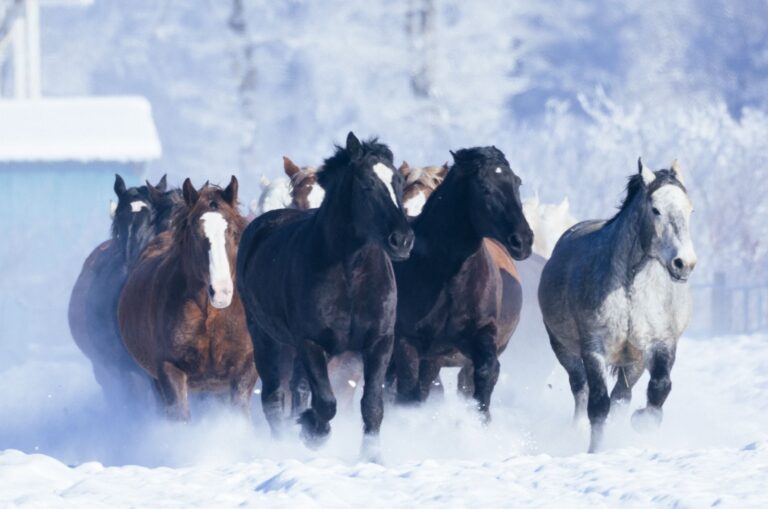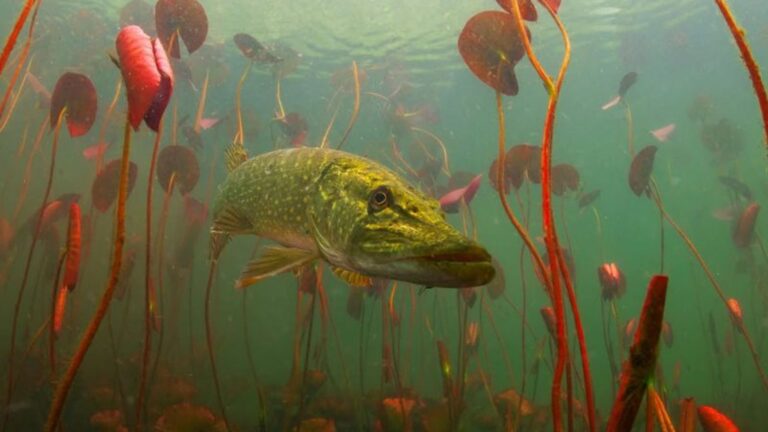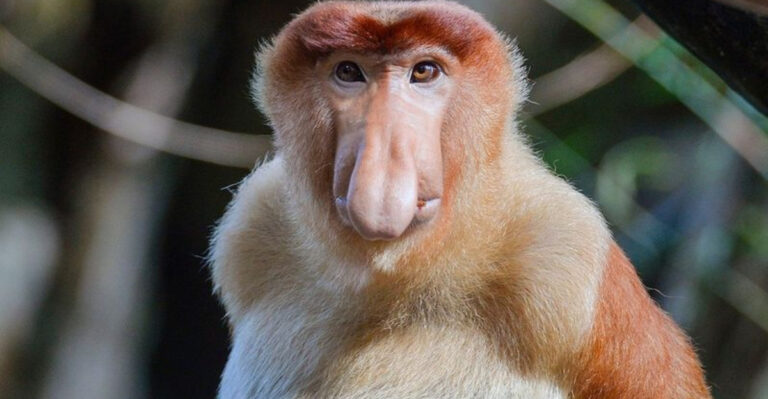8 Mountain Mammals Americans Rarely Spot (And 5 That Are Even More Elusive)
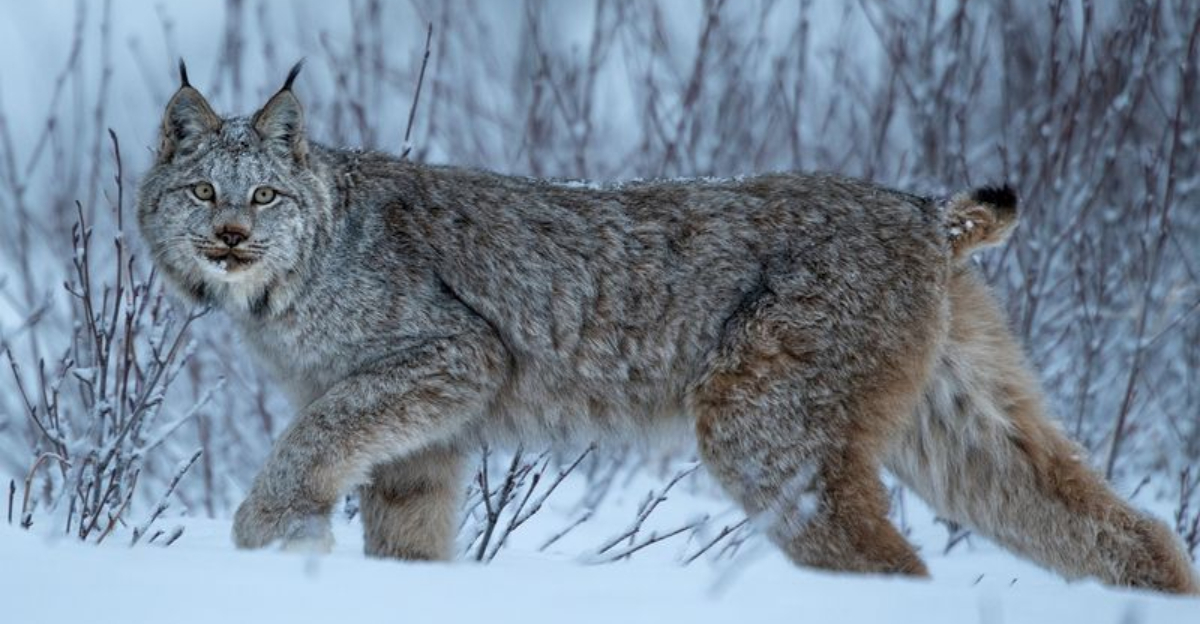
The rugged mountains of North America hide some of the most secretive creatures on the continent. While millions of people visit our mountain ranges each year, few are lucky enough to glimpse these elusive mammals in their natural habitat.
From mysterious predators to tiny alpine specialists, these animals have mastered the art of staying hidden from human eyes.
1. Phantom Cats Of The Peaks

Mountain lions vanish into the landscape like ghosts. These powerful predators can live within miles of bustling towns without residents ever knowing.
Their tawny coats blend perfectly with rocky terrain, and they primarily hunt at dusk and dawn when humans are scarce. A single mountain lion needs up to 100 square miles of territory, making chance encounters remarkably uncommon despite healthy populations.
2. Forest Acrobats In The Pines

American martens perform gravity-defying leaps between treetops in remote coniferous forests. With chocolate-brown fur and bright orange throat patches, these weasel relatives are as beautiful as they are secretive.
Martens hunt voles and squirrels through dense subalpine zones where few hikers venture. Their small size and lightning-quick movements mean that even dedicated wildlife watchers might spend years in marten territory without spotting one.
3. Masters Of Vertical Terrain

Bighorn sheep possess an almost supernatural ability to navigate cliffs that would terrify human climbers. Males sport massive curved horns that can weigh up to 30 pounds—nearly 10% of their body weight!
Though sometimes visible as tiny dots on distant ridgelines, close encounters with these magnificent animals are rare treasures. Their incredible vision spots approaching humans long before we notice them, giving them plenty of time to retreat to inaccessible ledges.
4. Snow Ghosts Of The Northern Forests

Lynx move through snowy forests like silent shadows. Their enormous paws act as natural snowshoes, allowing them to float atop deep powder where other predators sink.
Specialized for hunting snowshoe hares, these medium-sized cats rarely cross paths with humans. Their distinctive tufted ears and short tails might appear briefly between trees before disappearing. Many lifetime outdoorspeople in lynx country have never seen one outside of wildlife sanctuaries.
5. The Mountain’s Fierce Guardian
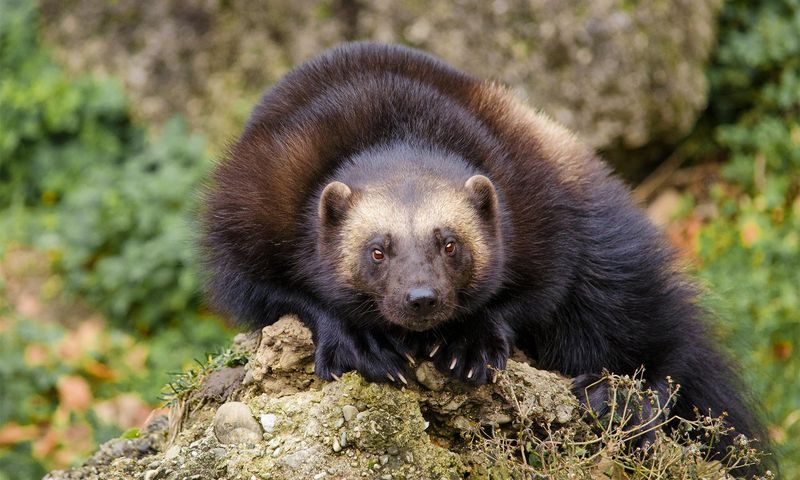
Wolverines embody the wild spirit of remote mountain ranges. Despite weighing just 20-40 pounds, these mustelids fearlessly challenge much larger predators and can bring down prey ten times their size.
Covering vast territories of up to 500 square miles, individual wolverines might travel 15 miles daily across rugged terrain. Their incredible stamina and preference for the harshest environments make them among the least-observed mammals in North America.
6. Squeaking Sentinels Of The Scree

Pikas resemble tiny rabbits but possess surprising toughness. These palm-sized mammals never hibernate, surviving brutal mountain winters by gathering and storing vegetation during summer months.
Listen for their distinctive alarm calls echoing across talus slopes. Though their high-pitched squeaks are frequently heard by hikers, actually spotting these quick little creatures requires patience and sharp eyes. They dart between rocks with astonishing speed when sensing potential danger.
7. High Country Royalty
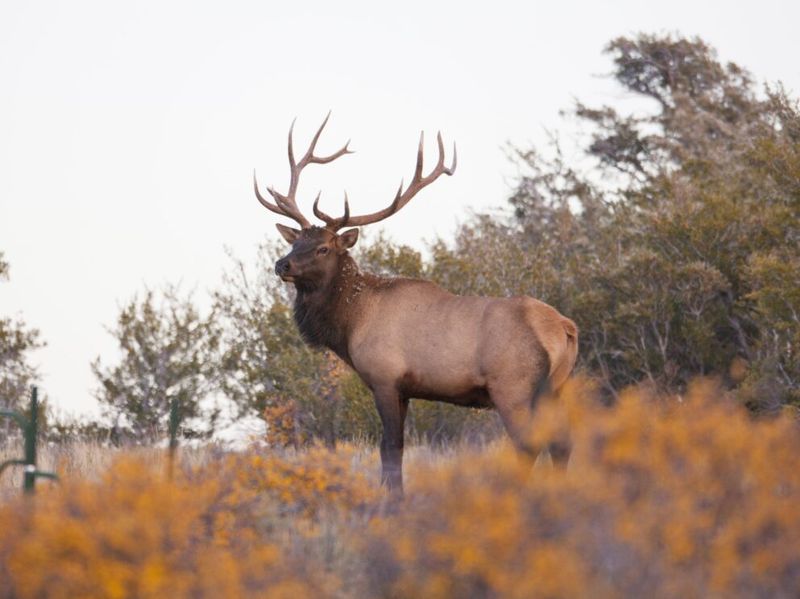
Elk transform into different creatures above the treeline. Far from the habituated herds in valleys and tourist areas, high-elevation elk maintain their wild instincts and extreme wariness of humans.
Bulls with massive antlers patrol alpine meadows with harems of cows during autumn rut. Their exceptional sense of smell detects human presence from remarkable distances. Catching glimpses of these majestic animals in remote basins often requires backpacking deep into wilderness areas.
8. Bruins Above The Trees

Black bears venture into alpine terrain more often than many realize. Unlike their valley counterparts who may become habituated to human presence, high-country bears maintain extreme caution around people.
Watching a bear dig for insects or forage for berries above treeline offers a rare wildlife spectacle. These surprisingly agile climbers navigate boulder fields with remarkable ease. Their dark fur creates striking silhouettes against mountain wildflower meadows during brief summer months.
9. The Mountain Fox That Almost Vanished
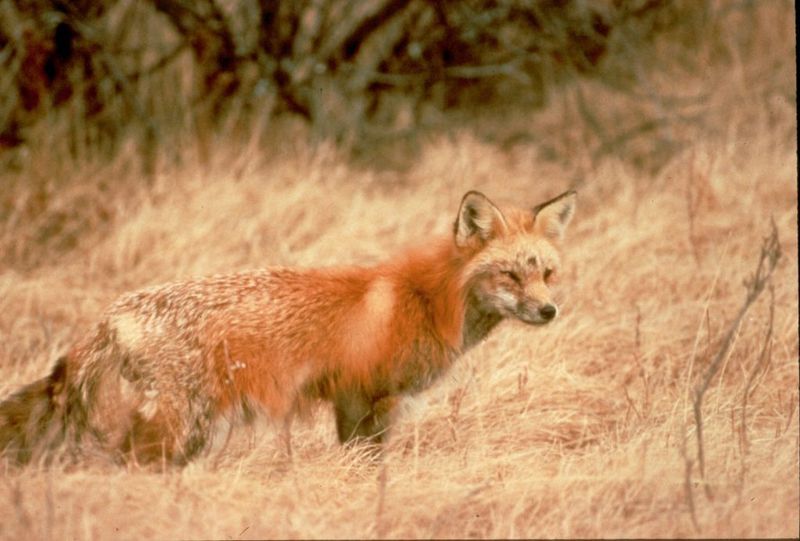
Sierra Nevada red foxes represent one of America’s wildlife mysteries. With fewer than 50 individuals remaining in California, this distinct subspecies survives in isolated pockets above 7,000 feet elevation.
Their striking red-orange fur contrasts beautifully against snow. Scientists rely almost entirely on remote cameras and DNA from scat to study these phantom foxes. Only a handful of verified sightings by hikers have occurred in recent decades, making them nearly mythical creatures.
10. The Northwest’s Mountain Phantom

Cascade wolverines might be the ultimate wilderness symbol. Researchers estimate fewer than 30 remain in Washington state, making them among the rarest mammals in the contiguous United States.
Unlike their Rocky Mountain relatives, these Pacific Northwest wolverines face additional challenges from rapidly changing climate conditions. Their presence is so fleeting that confirmation typically comes only through DNA analysis or remote camera footage. Few biologists have seen one in the wild despite dedicated study.
11. Idaho’s Secret Squirrel
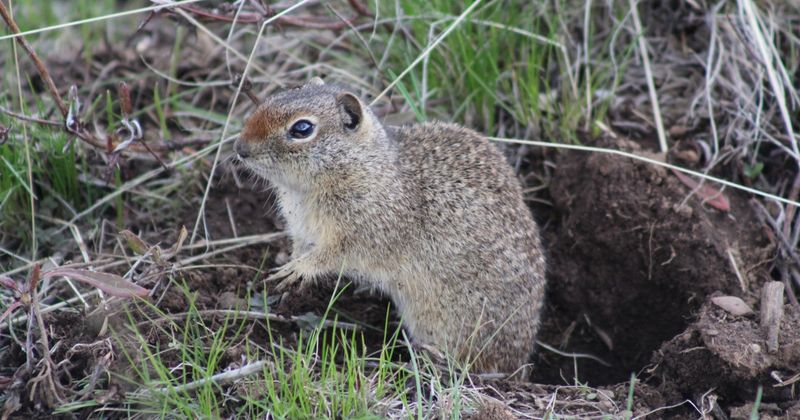
Northern Idaho ground squirrels exist nowhere else on Earth. Confined to just a few mountain meadows in west-central Idaho, fewer than 1,000 individuals remain in fragmented populations.
These small, mottled-brown squirrels spend most of the year hibernating underground. Their above-ground activity period lasts just 2-3 months annually. Even researchers studying them must use specialized techniques to locate these critically endangered mammals in their limited range.
12. The Vanishing Mountain Hare
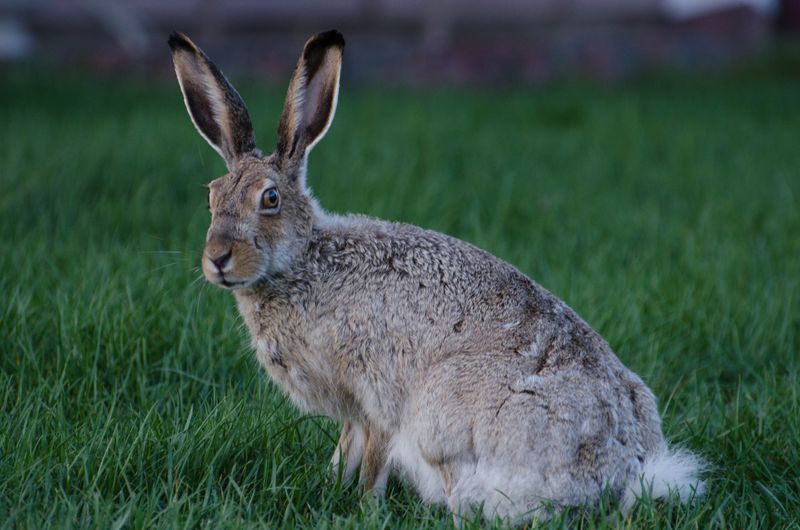
White-tailed jackrabbits perform one of nature’s best disappearing acts. These hares change coat color seasonally—brown in summer, white in winter—providing year-round camouflage in mountain environments.
Despite their large size and powerful jumping ability, they freeze motionless when threatened. A jackrabbit might be sitting just feet away from a hiker without being noticed. Their populations have declined mysteriously in many mountain ranges, making already-rare sightings even more uncommon.
13. The Microscopic Mountain Hunter
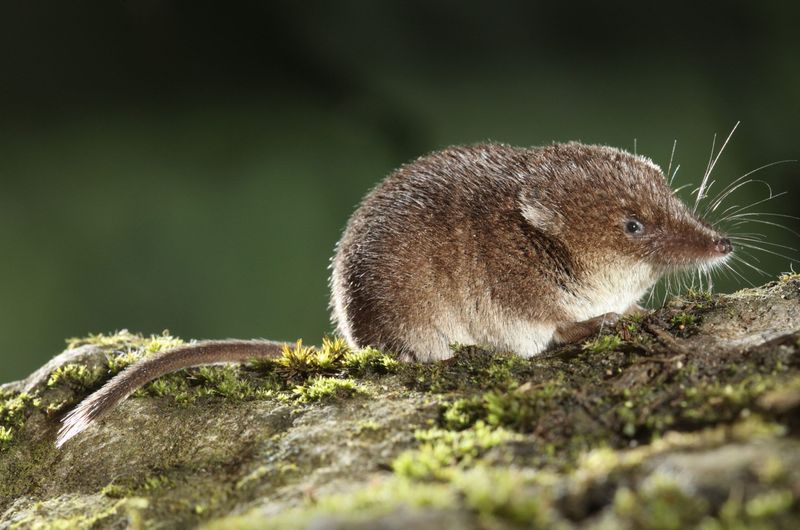
American pygmy shrews represent nature’s smallest predators. Weighing less than a penny, these tiny mammals must eat constantly to fuel metabolisms so fast their hearts beat over 1,200 times per minute.
Their minuscule size and lightning-quick movements make them nearly impossible to spot in mountain habitats. Most evidence of their presence comes from specialized small mammal traps used by researchers. A pygmy shrew could run across your boot in the mountains and you’d likely mistake it for an insect.


